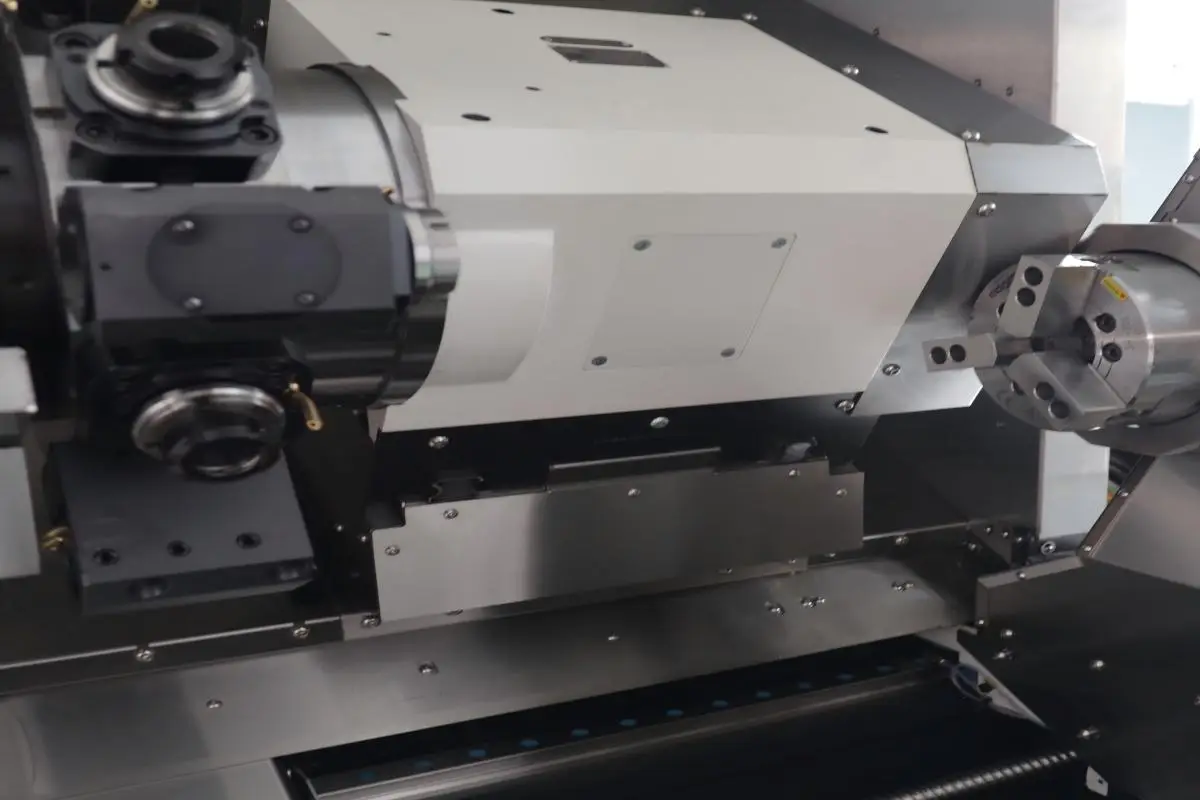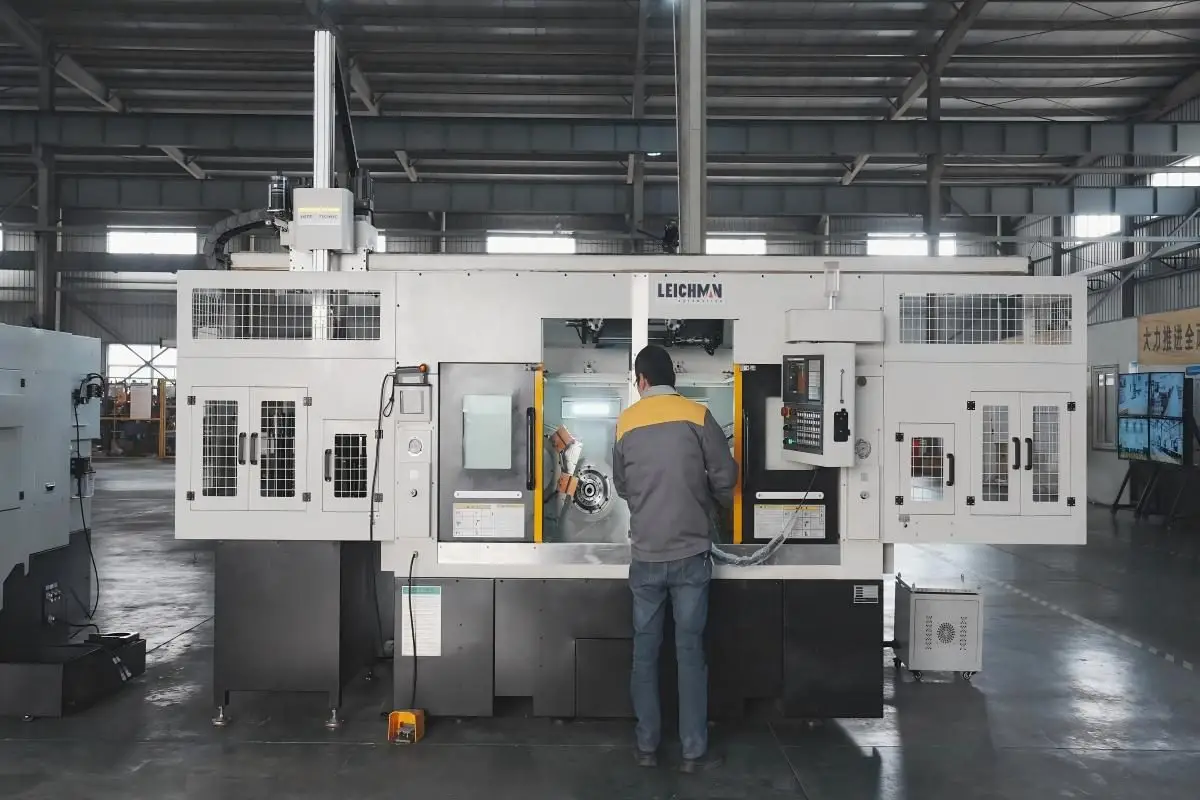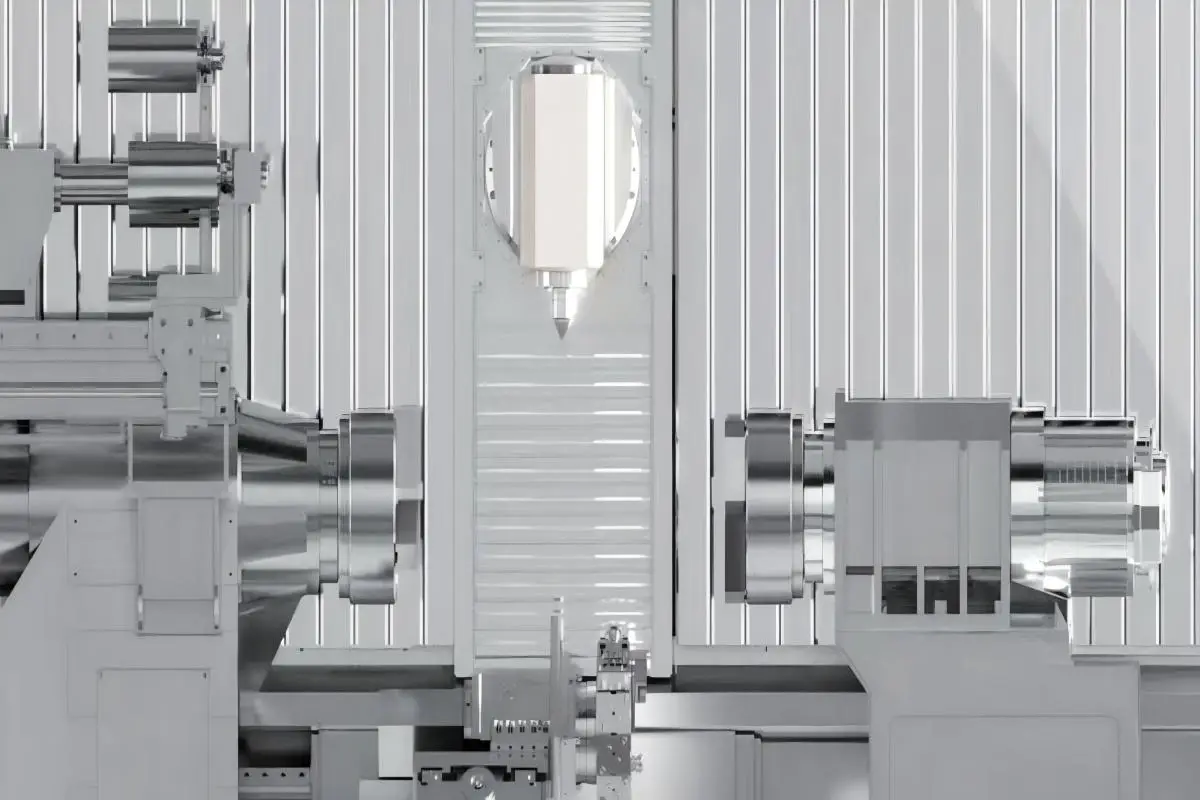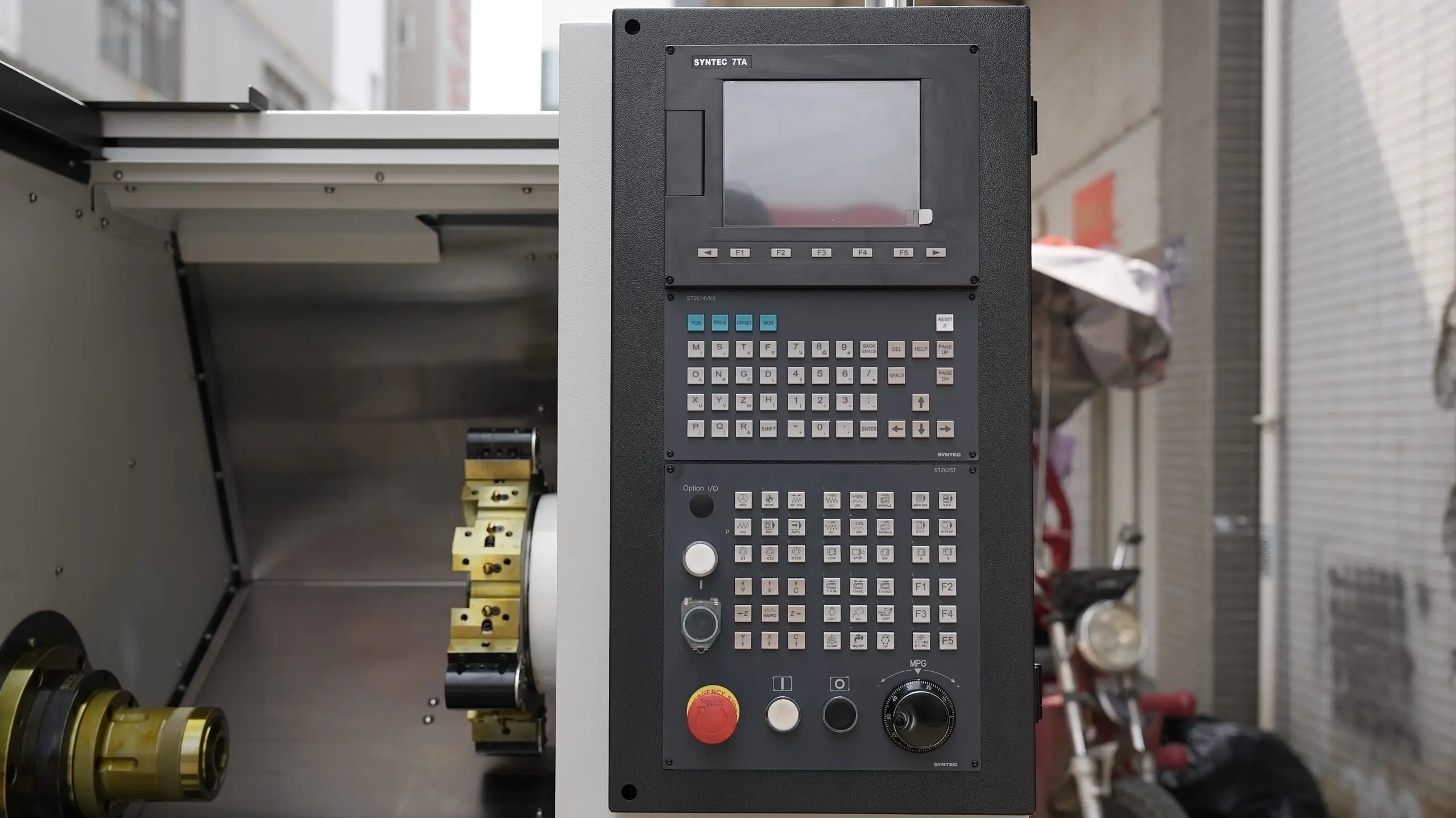At Leichman, we are dedicated to delivering advanced machining solutions that cater to the needs of clients across various industries. Our focus is on providing information that helps businesses make informed decisions regarding machining technologies. In this article, we will outline the key differences between high-speed machining and conventional machining.
Definition of High-Speed Machining
High-speed machining (HSM) is a manufacturing technique that employs cutting tools at significantly higher speeds and feed rates than traditional methods. This process typically utilizes high-speed CNC machining centers, which can operate at spindle speeds of 20,000 RPM or higher. The main objective of high-speed machining is to enhance productivity while maintaining precision and high-quality surface finishes.
Characteristics of High-Speed Machining
One of the defining characteristics of high-speed machining is its ability to reduce overall machining time. The increased spindle speeds allow for faster material removal rates, which can lead to shorter cycle times. This efficiency is critical for industries that require high-volume production and rapid turnaround.
Additionally, high-speed machining minimizes cutting forces on tools, resulting in extended tool life and reduced wear. This not only enhances the overall efficiency of the machining process but also lowers tooling costs for 5-axis machining center manufacturers.
Characteristics of Conventional Machining
Conventional machining encompasses traditional techniques such as milling, turning, and drilling. These methods typically operate at lower speeds and feed rates, which can result in longer machining times. Conventional machining is effective for many applications, particularly when working with materials that require more conservative handling.
The processes involved in conventional machining often require more manual intervention and setup time. While this method remains relevant for a variety of tasks, it may not provide the same level of efficiency or precision as high-speed machining.
Summary of Key Differences
In summary, the key differences between high-speed machining and conventional machining lie in their operational speeds, efficiency, and the resulting impact on production time and tool longevity. High-speed machining utilizes advanced technology to achieve rapid cutting speeds and reduced cycle times, making it ideal for high-volume manufacturing. In contrast, conventional machining tends to operate at lower speeds and is more suited for specific applications where traditional methods are sufficient.
As businesses consider their machining options, understanding these differences is crucial for selecting the most appropriate technology. For those in need of reliable 5-axis machining center manufacturers, high-speed CNC machining centers represent a strategic investment. At Leichman, we offer cutting-edge solutions, exemplified by our LK-U220T five-axis center, featuring a 20,000 RPM spindle and ±0.008mm positioning accuracy, designed to meet your manufacturing demands effectively.










